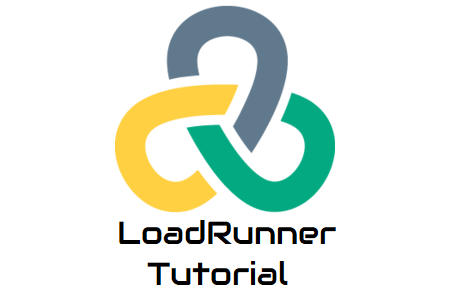This tutorial provides basic and in-depth knowledge of the LoadRunner Performance Testing tool. It describes the core concept of LoadRunner in layman’s terms to clear your basics and make a strong platform of performance testing skills using the LoadRunner tool.

Also, you will find some simple and ultimate tips and tricks of LoadRunner. These tips and tricks will help you to get the easiest solutions to complex scripting scenarios. Please note that some of the tips and tricks are related to the specific LoadRunner version, so check the compatibility before applying the solutions.
LoadRunner Tutorial
- Introduction
- Installation
- Basic Terminologies
- Basic Steps
- List of Protocols
- Basic steps of scripting
- VuGen Script Replay
- Scenario Preparation
- Test Execution
- Test Result Analysis
- Overlay, Correlate and Tile Graphs
Complex Protocols:
LoadRunner Scripting Tips:
- HTML mode Vs URL mode
- LoadRunner Variables
- Important LoadRunner Utility Functions
- Parameter Settings Cheat Sheet
- Automate Parameterization
- Methods to Generate Random Number
- Random Date Generation
- Random Value from Correlation Parameter
- Select last value from the correction parameter list
- How to Export/Import Runtime Settings?
- File Downloading Scenario
- Run Vuser as a Process Vs Run Vuser as a Thread
- How to identify which LoadRunner protocol supports “Run Vuser as a process”?
- Types of LoadRunner Logs
- How to capture Captcha or OTP?
LoadRunner Result Analysis Tips:
- Key Rules to Read Throughput Graph
- Calculate Active VUser Count at a particular time
- Server XXX has shut down the connection prematurely
- memory violation : Exception ACCESS_VIOLATION received
You may be interested:
- Performance Testing Tutorial
- Performance Engineering Tutorial
- Apache JMeter Tutorial
- Neotys NeoLoad Tutorial
